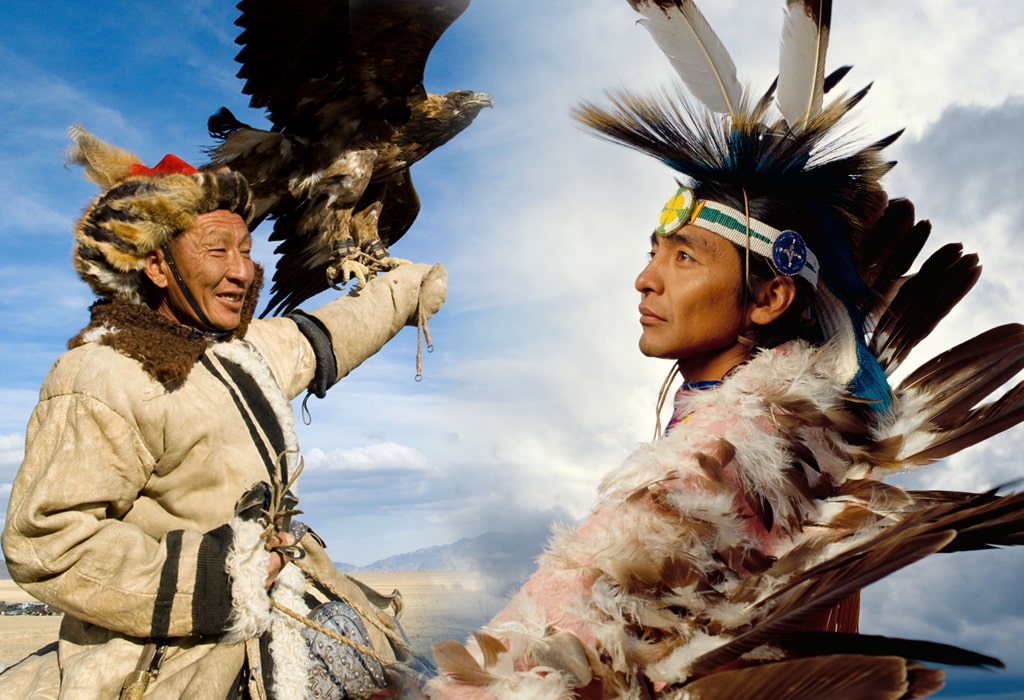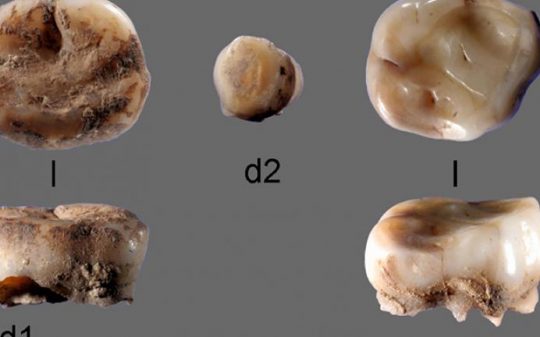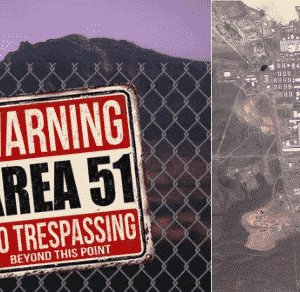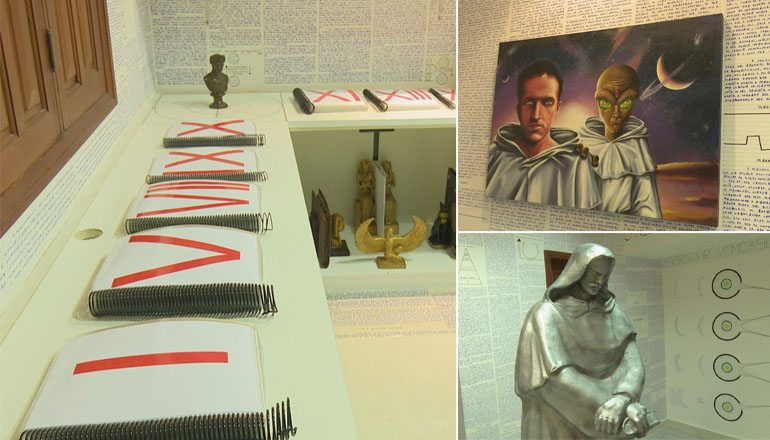
We’ve been working hard to create the best UFO, Alien & Paranormal stories for several years now and we’re excited to share that we just recently launched our youtube channel. We’re releasing one new alien, ufo video each day. Make sure to head over to the UfoHolic youtube channel, subscribe and tap the bell in the top right for notifications to see new videos when they come out. Subscribe to our Ufo videos by clicking here.
Worldwide news has been focused, surprisingly enough, on Siberia in recent weeks, as the vast Russian province has dealt with wildfires that have burned down an area larger than Greece, as part of a surprising heat wave that has reached upwards of 95 degrees Fahrenheit in the region known for its notoriously difficult winters.
The area has also been a hotspot for rare discoveries in recent months, including this past year, when archaeologists made a surprising discovery —what is believed to be an entirely new group of people whose existence is being described as a “significant part of human history.”
Ancient Siberian Remains Could Be the “Missing Link”
In this case, two children’s milk teeth were found buried deep in a remote archaeological site in northeastern Siberia, and researchers have linked them to a previously unknown group of people who lived there during the last Ice Age.
Making matters even more incredible is that the remains are believed to have close genetic links to Native Americans, the first time such links have been discovered outside of the United States.
The information comes courtesy of an article from Nature.com, which discussed the findings from an international team of scientists, which was led by Professor Eske Willerslev of St. John’s College and the University of Cambridge; who is also the director of the Lundbeck Foundation Centre for GeoGenetics at the University of Copenhagen.
This new people group has been named the “Ancient North Siberians,” and it’s all based off of the two tiny milk teeth, found in a large archaeological site in Russia near the Yana River, which is also known as the Yana Rhinoceros Horn Site (RHS).
“This individual is the missing link of Native American ancestry,” said Professor Eske Willerslev about the findings.
The site was found in 2001 and includes more than 2,500 artifacts including animal bones, ivory, stone tools and evidence of human habitation.
These ancient people endured extreme conditions in the region 31,000 years ago and were said to have survived by learning to hunt woolly mammoths, woolly rhinoceroses and bison.
“These people were a significant part of human history, they diversified almost at the same time as the ancestors of modern-day Asians and Europeans and it’s likely that at one point they occupied large regions of the northern hemisphere,” Willerslev said.
According to Dr. Martin Sikora of the Centre, the first author of the study, these “missing link” humans were masters of adaptation.
“They adapted to extreme environments very quickly, and were highly mobile. These findings have changed a lot of what we thought we knew about the population history of northeastern Siberia but also what we know about the history of human migration as a whole.”
A Long Range Migration

According to the researchers, the Ancient North Siberians deserve their place in history alongside many other well known ancient groups of people who paved the way for the evolving of the human race.
“Remarkably, the Ancient North Siberians people are more closely related to Europeans than Asians and seem to have migrated all the way from Western Eurasia soon after the divergence between Europeans and Asians,” said Professor Laurent Excoffier from the University of Bern, Switzerland.
Population numbers at the site based on the finding would have been around 40 people with a wider population of around 500.
No evidence of inbreeding was found unlike much of the Neanderthal population of the time, which could be another indicator of the North Siberians’ healthy DNA pool.
Altogether, these North Siberians generated a mosaic genetic makeup of contemporary people who inhabit a vast area across north Eurasia and the Americas, providing the aforementioned “missing link” of understanding the genetics of Native American ancestry.
“We gained important insight into population isolation and admixture that took place during the depths of the Last Glacial Maximum – the coldest and harshest time of the Ice Age – and ultimately the ancestry of the peoples who would emerge from that time as the ancestors of the indigenous people of the Americas,” said Professor David Meltzer of Southern Methodist University in Dallas, one of the paper’s authors.
The mixture is one of Ancient North Siberian DNA and East Asian DNA, which is very similar to that found in Native Americans, he added.
“The remains are genetically very close to the ancestors of Paleo-Siberian speakers and close to the ancestors of Native Americans. It is an important piece in the puzzle of understanding the ancestry of Native Americans as you can see the Kolyma signature in the Native Americans and Paleo-Siberians. This individual is the missing link of Native American ancestry,” Willerslev added.
People Are Opening Their 3rd Eye & Grounding With Hape
Use the discount code healthywildfree for 10% off your order!
Recommended Reading:
The Top 3 Ways To Open Your 3rd Eye
Tobacco Has Been Demonized By The Elites
The Strange Powder That Shamans Use To Connect With UFO & Aliens
Why Are UFOlogists Blowing Tobacco Herb Mixes Up Their Nose?









